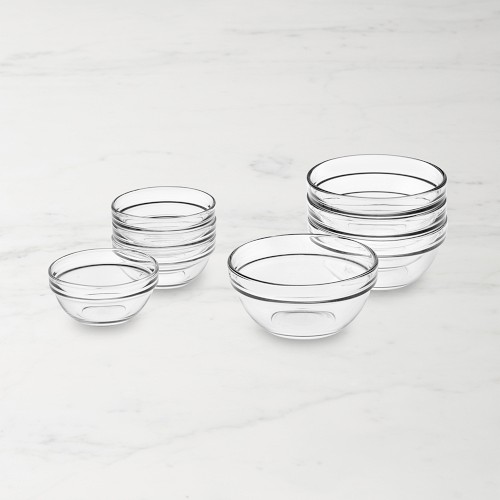Anyone who has ever eaten at an Indian restaurant has mostly likely tried—and fallen in love with—samosas. Generally served as an appetizer, samosas are crisp, flaky fried pastries with fragrant fillings. The most popular are filled with potatoes and peas, although it is not unusual to find others stuffed with lamb, chicken, lentils or nuts.
In many parts of Indian, samosas are the favorite nibble sold by street vendors and teashops, and their seductive shape and flavor make them perfect finger food for cocktail parties. Although they are traditionally served hot, straight out of the frying pan, they are equally delicious at room temperature, and are therefore ideal for buffets or picnics.
Home cooks might be intimidated by the idea of making dough from scratch and forming samosas into their signature pyramid-like shape, but with a little practice you can turn out samosas like a pro. Make one of the simple doughs in our recipes—usually just a combination of flour, salt, water, and vegetable oil or melted ghee—and whatever filling you choose, then follow these simple steps for shaping picture-perfect samosas.

1. First, stir together cornstarch and water as directed in the recipe. You’ll use this mixture to seal the seams of your assembled samosas. Then, on a lightly floured surface using a floured rolling pin, roll out the dough into a thin round about 8 inches (20 cm) in diameter.

2. Use a sharp knife to cut the round into quarters to make 4 wedges. Brush the edges of each wedge with the cornstarch mixture.

3. Place about a tablespoon of filling in the center of one of the wedges. Don’t overfill the samosas or you will have a hard time sealing them.

4. Bring two of the corners of the wedge together and press the sides together to form a seam. At this point you can spoon a little more filling into the center of the cone if there is room.

5. Fold up the third corner to join the other two, then press the seams together. Set aside and let rest for at least 5 minutes before deep-frying the samosas in hot vegetable oil according to the recipe instructions.
Adapted from Savoring India, by Julie Sahni (Time-Life Books, 2001)
Related Recipes
Related Tips
Recommended Products:
- $34.95






